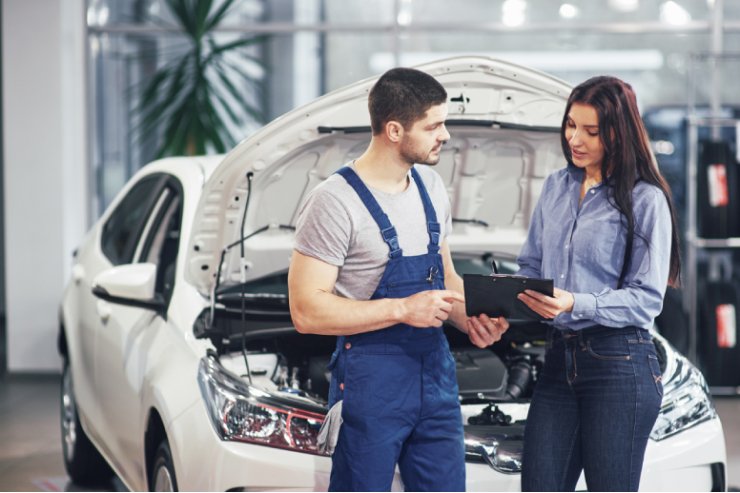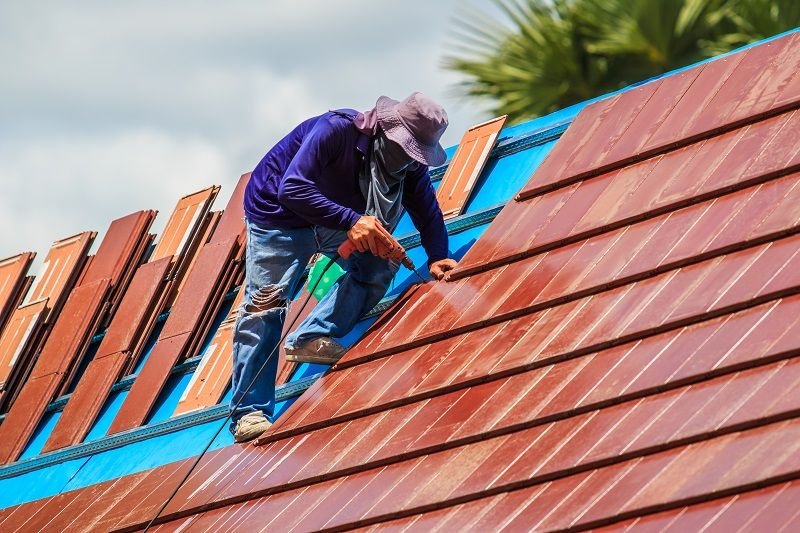Car purchases can be very exciting. However, there is always the dark side to car-owning that most buyers fail to consider when they are injecting so much excitement into their purchasing decisions. That is why if you avoid a proper check, the repair costs might come as a shock. Hence, it is essential to consider the pre-purchase inspection. It enables you to identify the complications of expensive cars, thus making you relaxed. Below are 10 car problems that will cost you a lot of money and which can only be identified through a pre-purchase inspection.
Avoid These 10 Expensive Car Repairs with a Pre-Purchase Inspection
1. Engine Troubles
The engine is the most crucial organ of the car. As such, problems with the engine can be some of the costliest to address known to consumers. A pre-purchase inspection searches for an incidence of engine failure, some vibrations, sounds, or even oil traces. Most importantly, it can sense tendencies in the engine that would lead to problems that could be very expensive to repair.
2. Transmission Issues
Transmission repair and maintenance faxes are pricey and usually a technical process. Nonetheless, when conducting PPI, a mechanic will look for indications such as challenging shift variations and signs of leakage or burnt transmission fluid. If not paid attention to, transmission problems may result in sudden breakdowns. This is why it is crucial to recognise these problems at the beginning.
3. Brake System Failures
A brake system is essential for the safety of a car. In other words, brake failures are life-threatening and very expensive to repair. During an inspection, the mechanic examines the condition of the brake pads and rotors and the amount of brake fluid in the vehicle. Thus, possible brake issues can be identified even before they become severe.
4. Electrical System Problems
Modern cars have sophisticated electrical systems, and the repair work can be quite cumbersome. For instance, when the battery, alternator, or wires are damaged, repairing them will cost a lot of money. Before purchasing, knowing which wires are bad or which battery has a low capacity is essential. Most importantly, all this reduces the chances of a breakdown.
5. Suspension Issues
A damaged suspension system make the car less stable and comfortable for the passengers to travel. Consequently, suspension system checks are important. Simple troubles such as worn shocks or struts can present a significant expense. In addition, there are hidden problems which, if the mechanic sees them before buying a car, one won’t have to spend money on repairs again.
6. Exhaust System Problems
The exhaust system ensures that dangerous gases are expelled from the car. However, problems with an exhaust system, such as a cracked or chipped catalytic converter, are costly to repair. During the inspection, the mechanic examines the car’s exterior for signs of leak and rust and the interior for signs of worn-out parts. It can help you avoid paying hefty bucks for exhaust repairs.
7. Cooling System Failures
By using a cooling system, cars do not overheat. However, when it fails to work, it can sometimes incur expensive repair bills on the engine. This is due to a water pump or a radiator that can develop an issue and lead to a hot engine. An inspection checks the radiator, hoses, and coolant to ensure you do not encounter these expensive problems.
8. Fuel System Issues
Issues with the fuel system are also common complaints that may alter your car’s performance. For instance, damaged fuel filters or a defective pump may lead to poor fuel economy and expensive mechanical failure. The mechanic will examine the fuel lines and filters and clean or replace the injectors. Thus, this can help you avoid spending on fuel system repairs.
9. Tire and Wheel Problems
Every tyre and wheel influences the car’s stability and operating safety. This is in addition to dangerous worn-out tyres or damaged wheels, leading to alignment problems. When inspecting, the mechanic determines whether the rims are worn out unevenly or even if they have developed cracks. Consequently, they will not incur alignment and replacement costs.
10. Body and Frame Damage
There may be specific signs to indicate that the car had a past accident; this includes both body and frame damage. Furthermore, such problems could cause harm to the car structure as well as its safety. The mechanic checks it for a bent or rusty frame. It, therefore, assists you in eliminating cars with structural problems that may not be seen easily from the exterior part of the car.
Why a Pre-Purchase Inspection is Worth It
A pre-purchase car inspection is one of the wisest decisions a buyer can make. This way, one can avoid some problems that may be highly expensive to repair in the future. In addition, it raises confidence in possessing a specific product or service. Here’s why an inspection is worth every penny:
- Avoid costly surprises: Identify problems before they become expensive.
- Ensure safety: Recognize brake, suspension, and frame issues.
- Negotiate better deals: In this case, inspection results should be adopted to allow for pricing changes.
- Gain peace of mind: Buy with the confidence that your car is okay, and it won’t give you a headache.
The Bottom Line
A pre-purchase inspection is something that any consumer should do before getting the car of their choice. It helps you save from such concealed issues that can lead to severe expenses. Most importantly, it ensures that you buy a safe and reliable car. Therefore, before you purchase a car, arrange for an inspection. It could save you thousands and make your car-buying process very easy.
Read also: How to Buy Pound Line Products at the Best Wholesale Prices?



